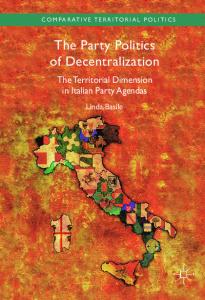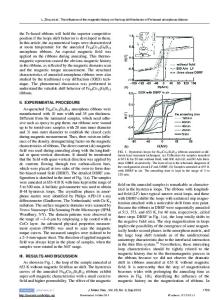The influence of social-grouping on territorial defense behavior in the black-crested titmouse ( Baeolophus atricristatu
- PDF / 1,110,503 Bytes
- 11 Pages / 595.276 x 790.866 pts Page_size
- 110 Downloads / 262 Views
FEATURED STUDENT RESEARCH PAPER
The influence of social-grouping on territorial defense behavior in the black-crested titmouse (Baeolophus atricristatus) Mirjam J. Borger 1,2 Troy G. Murphy 2
&
Lauren E. Johnson 2 & Nathaly O. Salazar 2 & Cameron L. Dreghorn 2 & Jan Komdeur 1 &
Received: 7 August 2020 / Revised: 23 October 2020 / Accepted: 27 October 2020 / Published online: 3 November 2020 # The Author(s) 2020
Abstract Status signals have evolved for individuals to avoid energetic and physical costs of resource defense. These signals reflect an individual’s competitive ability and therefore influence competitors’ decisions on how to invest in a fight. We hypothesized that the response of receivers to status signals will depend on the social context. During territorial defense, group members may provide support to a territory owner by participating in defense. We investigated whether the presence of juveniles—who group together with territorial males—alters the territorial male’s attack decisions and level of aggression in the black-crested titmouse (Baeolophus atricristatus). Crest-length in this species functions as status signal. We simultaneously presented two taxidermic male models in a territory: one with an unmanipulated crest and one with a modified shortened crest. Models were presented to males that had resident juveniles cohabiting on their territory, and to males without juveniles. During intrusions, juveniles actively defended against the simulated intruders by approaching and sometimes attacking. The presence of juveniles affected how territorial males responded to the status signals of the intruders: when juveniles were present, males were more likely to first attack the model with the unmanipulated crest (i.e., longer, and more threatening), compared to males residing without juveniles. This suggests that juvenile support alters the risk-taking decision of the territorial male. To our knowledge, this is the first indication that behavioral responses to a status signal depends on the presence of supportive group members. Significance statement Status signals can indicate relative quality of animals and can therefore be used to evaluate a competitor when deciding whether or not to fight over resources. The black-crested titmouse has been shown to use its crest length as a status signal during fights over food. In our study, we assessed if this status signal is also used in territorial defense, by conducting an experiment where we presented two taxidermic male models with different crest sizes to a territorial male. We also investigated whether juvenile presence influenced which model was attacked. In trials where juveniles were present, territorial males attacked the longer crested model significantly more often than in trials where territorial males were alone. This suggests that the presence of juveniles, which help the male defend the territory, allows the male to attack the more aggressive-appearing intruder. Keywords Social support . Status signal . Territory defense . Social environment . D
Data Loading...









